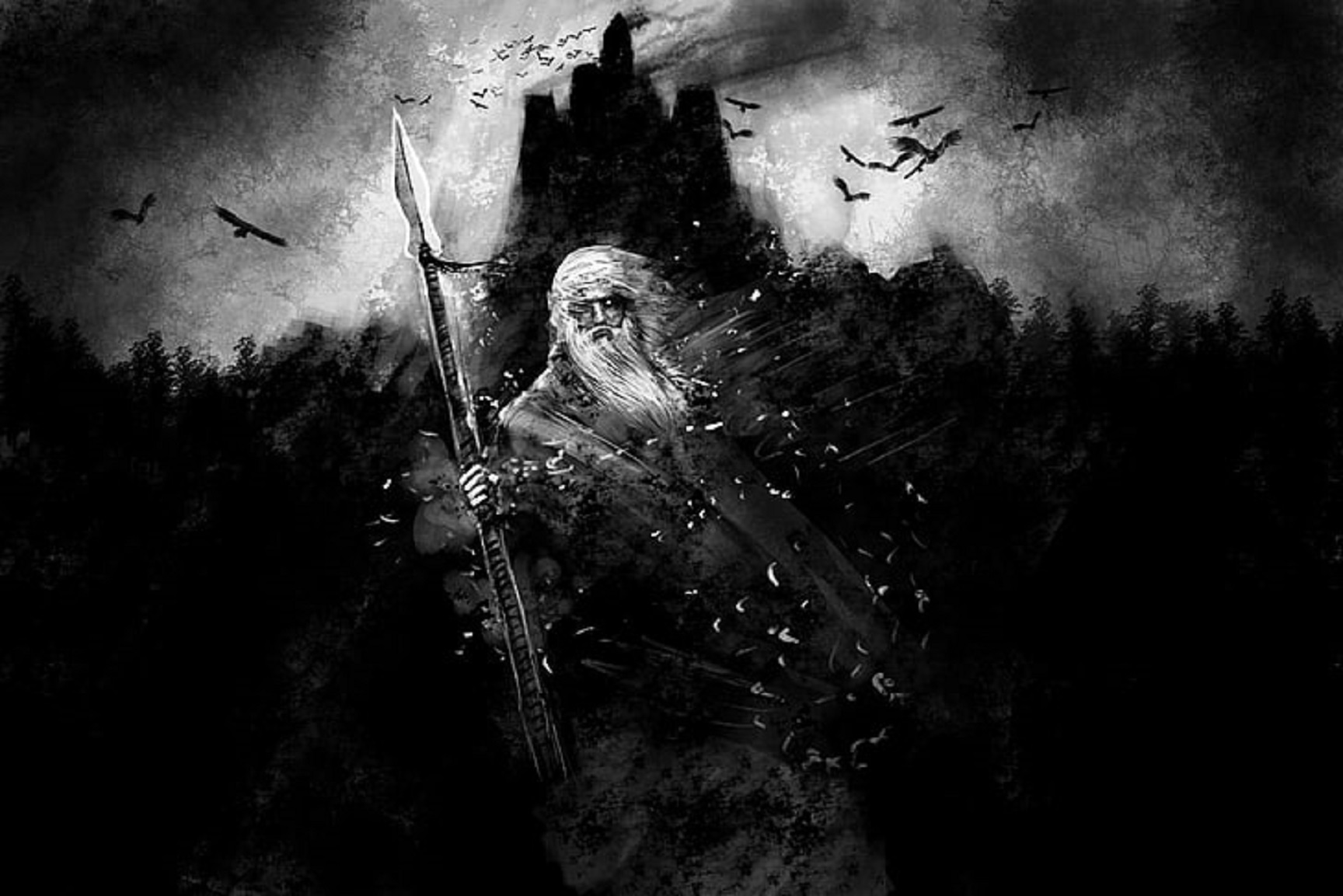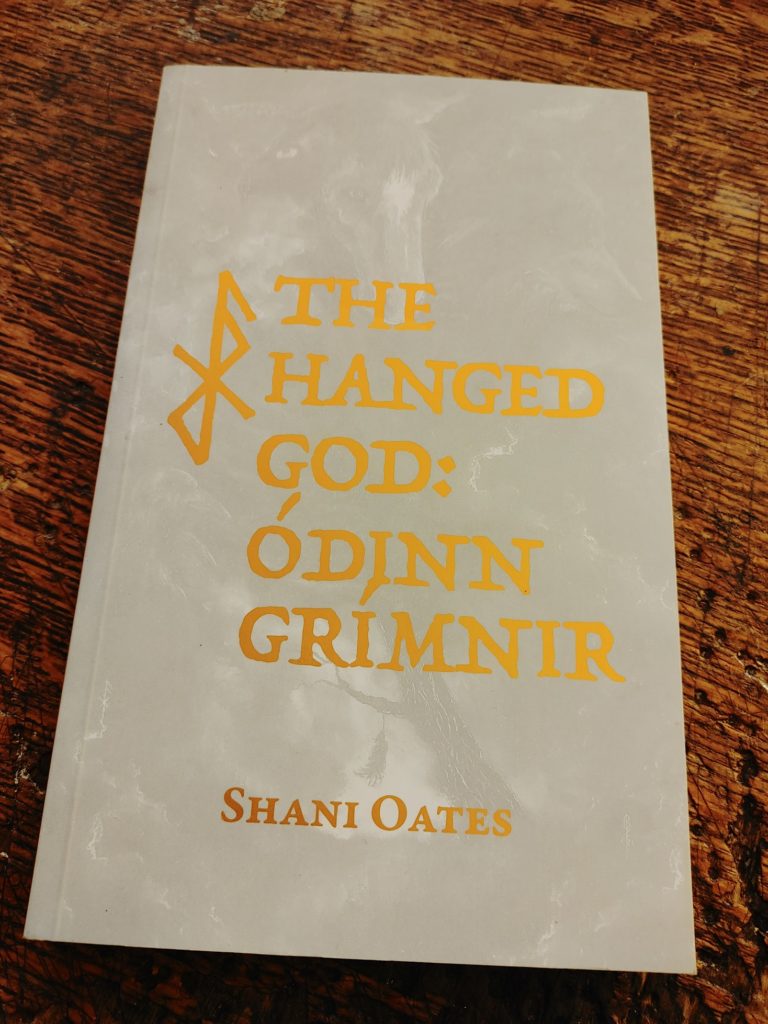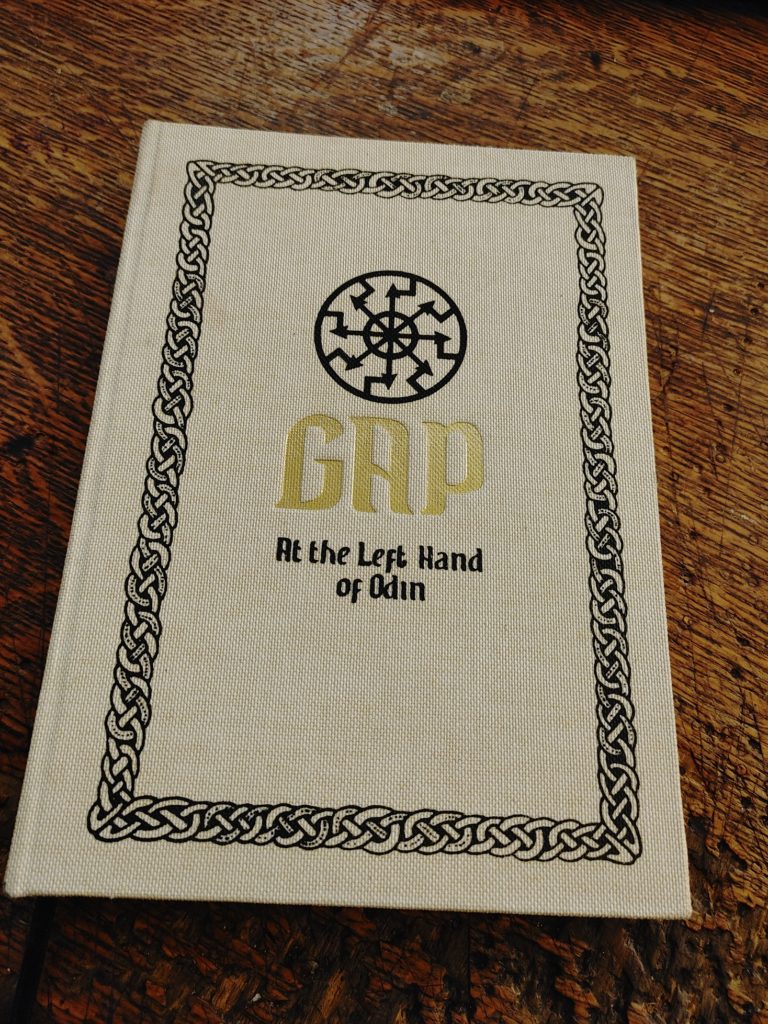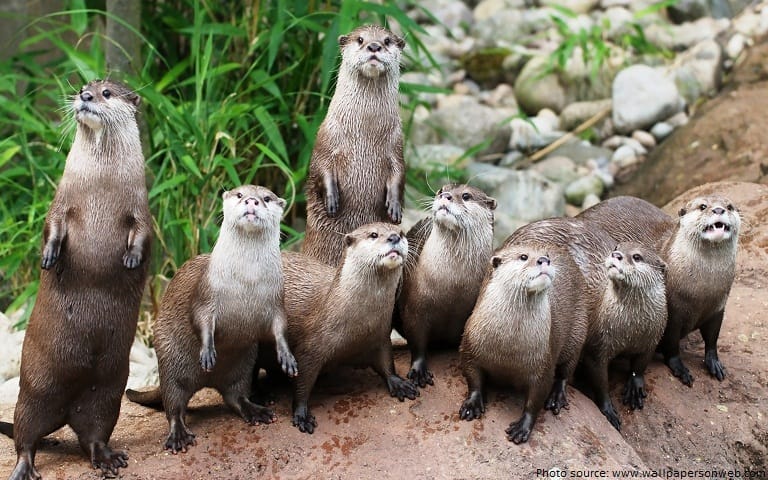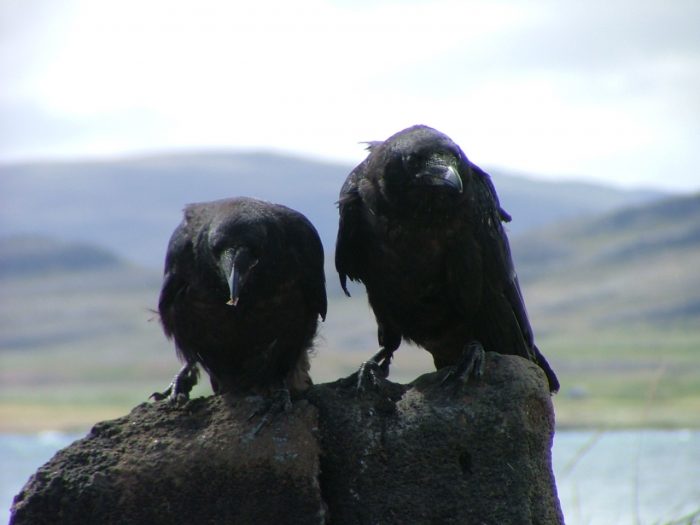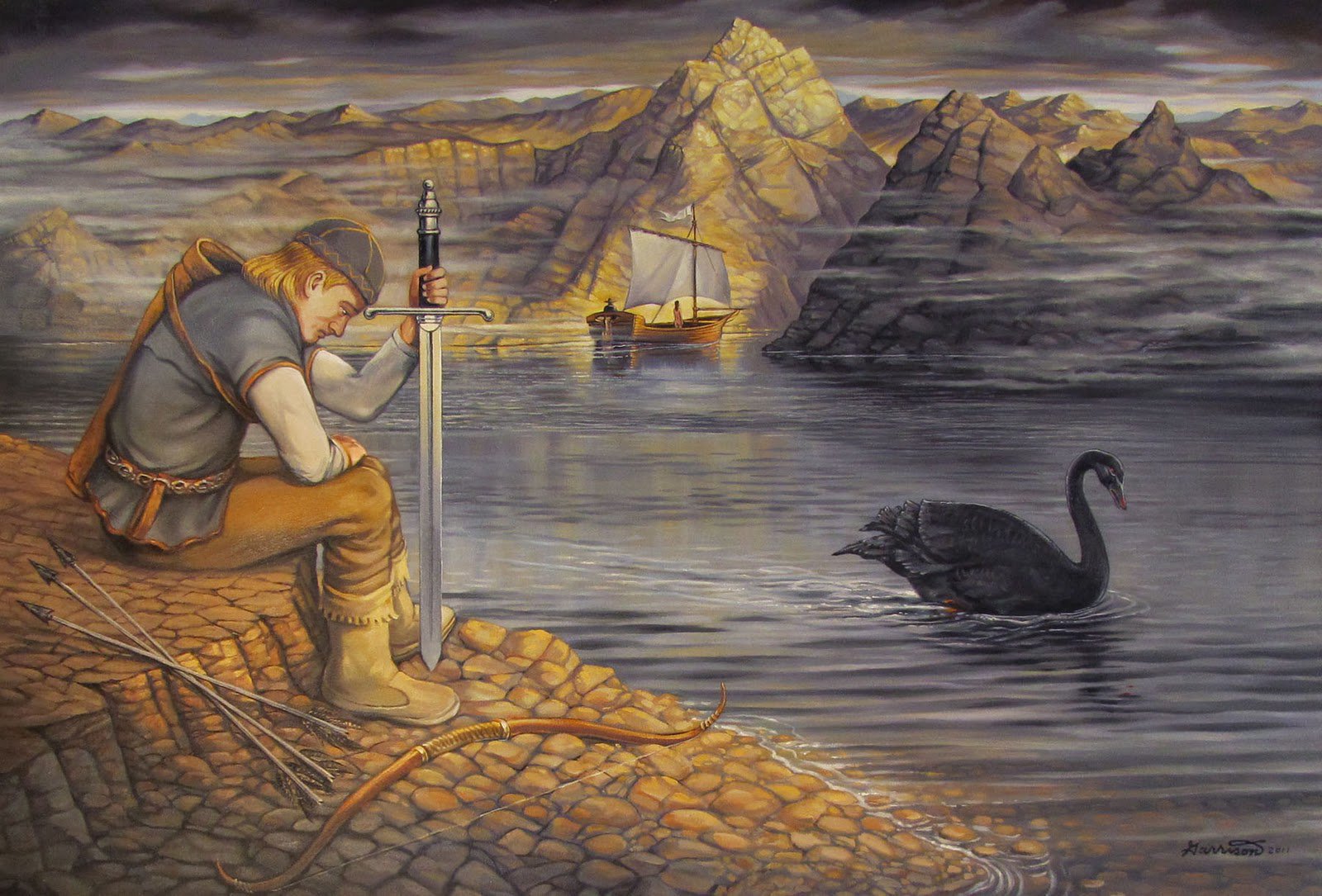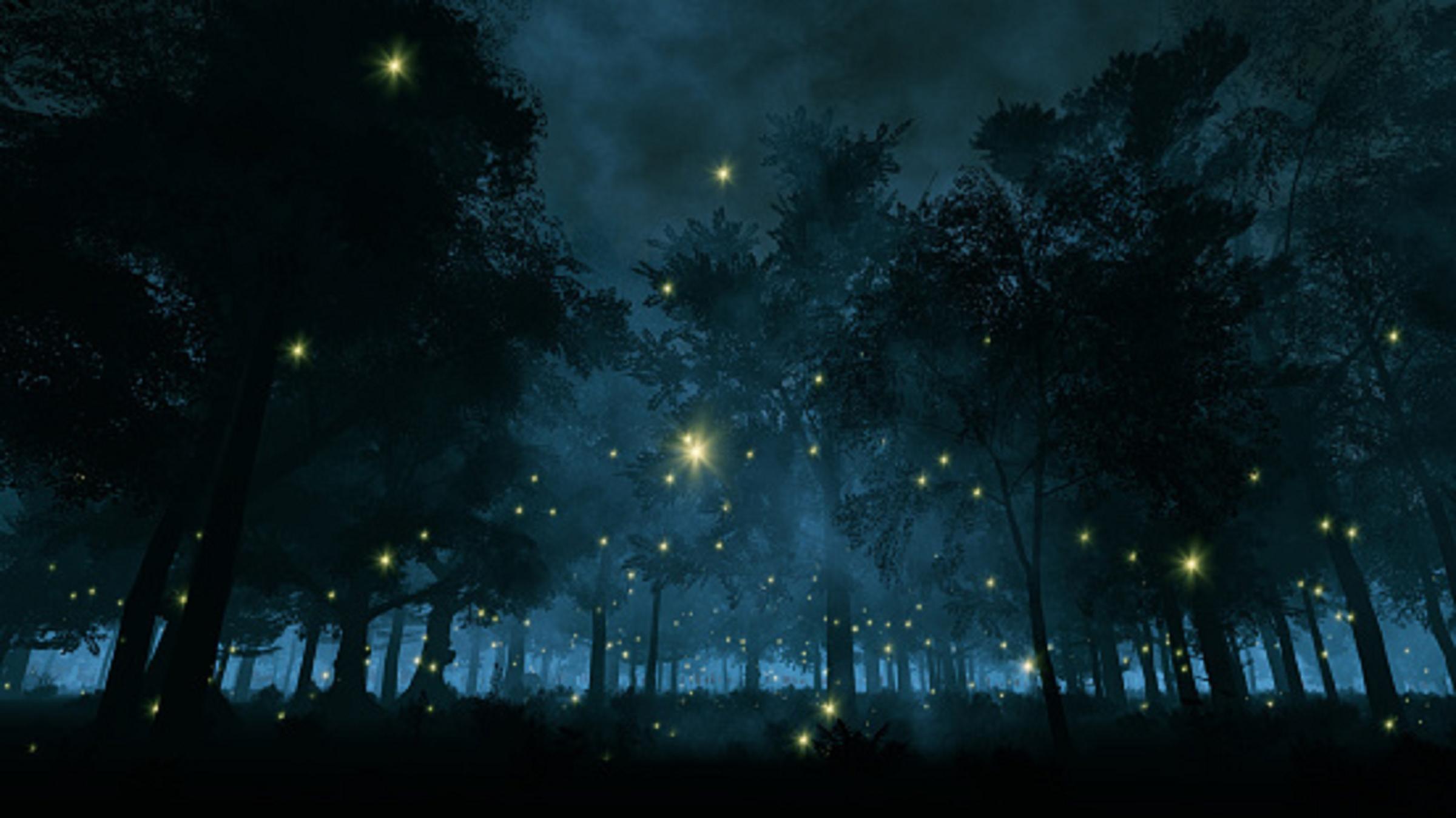
Fireflies are in my top five of favorite insects and a lot of those reasons will be within what you find in this post from their mystical appearance at night to the significance they hold in a lot of folklore. The Firefly also known as a lightning Bug can be a significant meaning in your dreams, as a totem and even a spirit animal which will be covered here as well but first let me share with you a story about myself and Fireflies which sometimes I wonder if there are Fae among them in disguise.
Many years ago I lived in a beautiful part of the Appalachians on a property with a pond in front of my house over an acre in size with it surrounded by grass. Every day right at dusk I would sit or lay on the grass in front of the pond. I would watch the fish nipping at the bugs on the surface of the pond ass the Bats began swooping like acrobatic jets above beginning to feed. All the time as it darkened the Fireflies would emerge from the grass undergrowth and it truly looked like a scene from a fantasy movie. Truly an amazing experience every time.
The Magic & Folklore of Fireflies By Patti Wigington
In China, long ago, it was believed that fireflies were a product of burning grasses. Ancient Chinese manuscripts hint that a popular summer pastime was to catch fireflies and put them in a transparent box, to use as a lantern, much like children (and adults) often do today.
There’s a Japanese legend that lightning bugs are actually the souls of the dead. Variations on the tale say that they’re the spirits of warriors who fell in battle. Our About.com Japanese Language Expert, Namiko Abe, says, “The Japanese word for a firefly is hotaru… In some cultures, hotaru might not have a positive reputation, but they are well liked in Japanese society. They have been a metaphor for passionate love in poetry since Man’you-shu (the 8th-century anthology).”
Even though fireflies put on a pretty great light show, it’s not just for entertainment. The flashing of their light is how they communicate with each other – especially for courtship rituals. Males flash to let the ladies know they’re looking for love… and the females respond with flashes to say they’re interested.
Fireflies appear in a lot of Native American folklore as well. There’s an Apache legend in which the trickster Fox tries to steal fire from the firefly village. To accomplish this, he fools them and manages to set his own tail on fire with a piece of burning bark. As he escapes the firefly village, he gives the bark to Hawk, who flies off, scattering embers around the world, which is how fire came to the Apache people. As punishment for his deception, the fireflies told Fox that he would never be able to use fire himself.
Using Firefly Magic
Think about the different aspects of firefly folklore. How can you use them in a magical working?
- Feeling lost? Catch some fireflies in a jar (please, poke holes in the lid!) and ask them to illuminate your way. Release them when you’re done.
- Use fireflies to represent the element of fire on your summer altar.
- Fireflies are sometimes associated with the moon – use them in summer moon rituals.
- Incorporate firefly light into a ritual to attract a new mate, and see who responds.
- Some people associate fireflies with the Fae – if you practice any sort of Faerie magic, welcome the fireflies into your celebrations.
- Incorporate firefly symbolism into a ritual to honor your ancestors. SOURCE

The Symbolic Meaning of Crossing Paths With a Bright Little Firefly or Lightning Bug This Summer by Rebecca Norris
Fireflies—which are technically a type of nocturnal beetle!—often go unnoticed until nighttime. But, as soon as the tail of their abdomen begins to glow, the little bugs (also called lightning bugs) transform into seemingly-magical creatures that create specks of light in the dark evening air, leaving children and adults alike in awe. What makes them extra special is that they’re only around for a few weeks in the summer, and only in certain areas (in the U.S., that means warm, humid climates east of Kansas).
According to Honigman, fireflies serve as powerful and empowering reminders for anyone who sees them. “A little light shining bravely in the darkness,” she says of their symbolic meaning. “Small and alone, showing us that we are each worthy, that every person shines their own unique light, and in our own world, be represented in the global struggle for illumination. Light over dark. Positive over negative. However tiny you are, your light still illuminates the darkness.”
Honigman says they’re also reminders to be intentional about the light you seek in others. “Fireflies have a unique way of shining their light, in order to draw the exact right mate to them,” she explains. “They flash their light in specific patterns, and only the right mate responds to each individual pattern. This reminds us to be specific with the people we keep around us, and to be intentional with our circle. One firefly won’t be drawn to another one unless communication is exact and specific. Similarly, the right people for you will heed your call. If it feels ‘off’ then this isn’t your person.” Continue reading HERE.
Fireflies
by Bliss Carman
The fireflies across the dusk
Are flashing signals through the gloom—
Courageous messengers of light
That dare immensities of doom.
About the seeding meadow-grass,
Like busy watchmen in the street,
They come and go, they turn and pass,
Lighting the way for Beauty’s feet.
Or up they float on viewless wings
To twinkle high among the trees,
And rival with soft glimmerings
The shining of the Pleiades.
The stars that wheel above the hill
Are not more wonderful to see,
Nor the great tasks that they fulfill
More needed in eternity.
Further Resources
Spiritual meaning of fireflies: the symbolism! Does it indicate good luck?
The Light of the Firefly: What is its Role in Japanese Culture?

